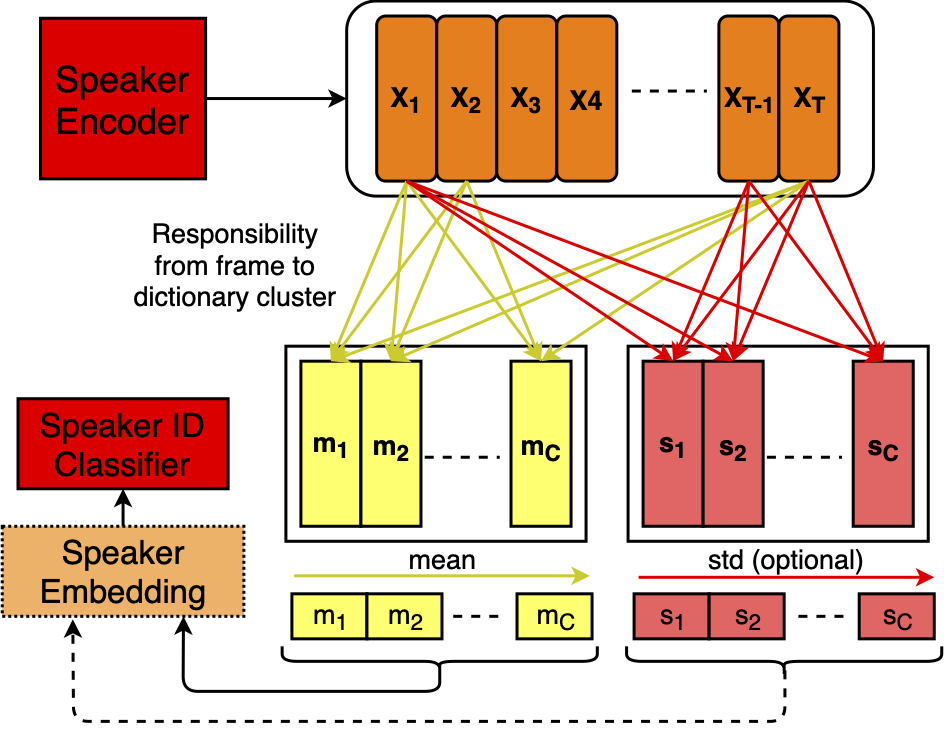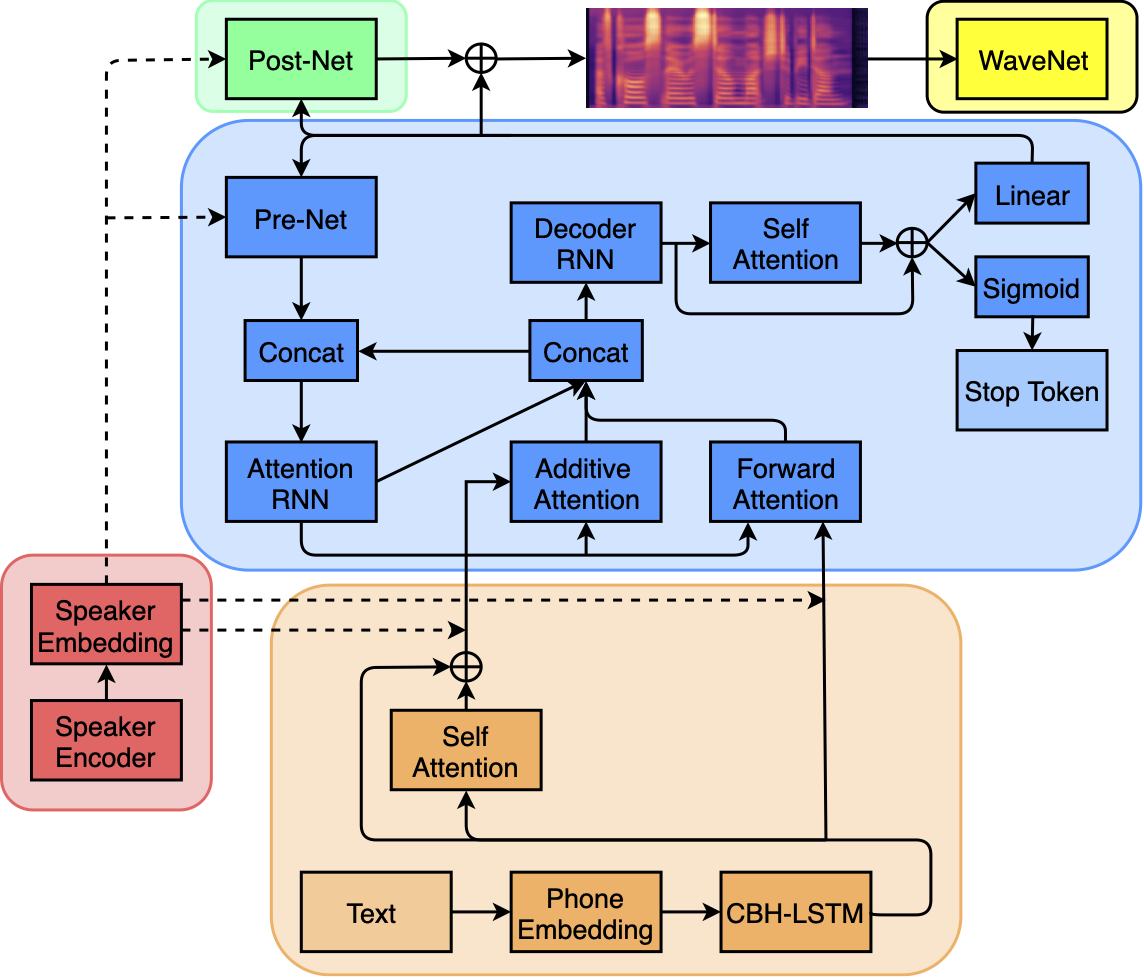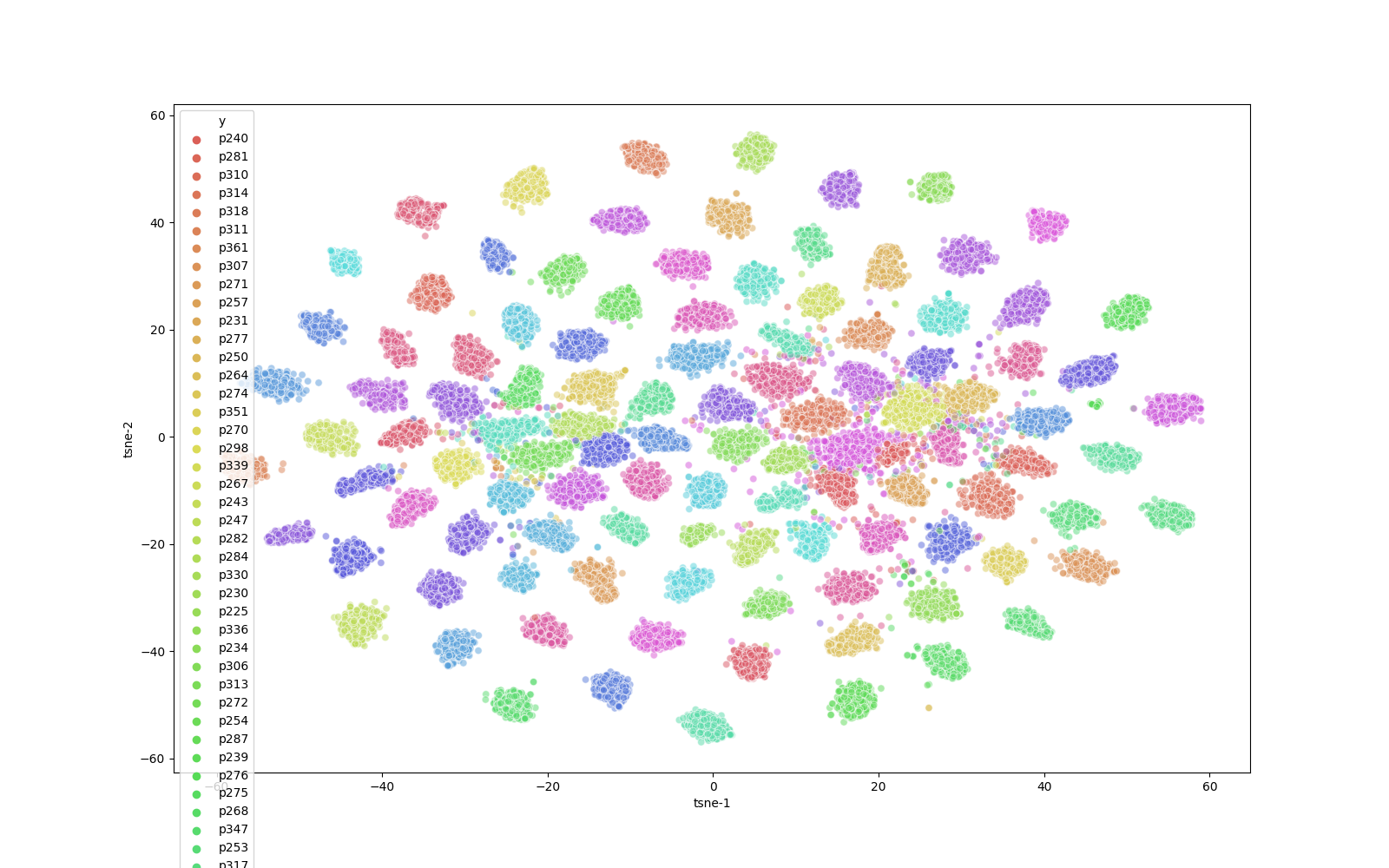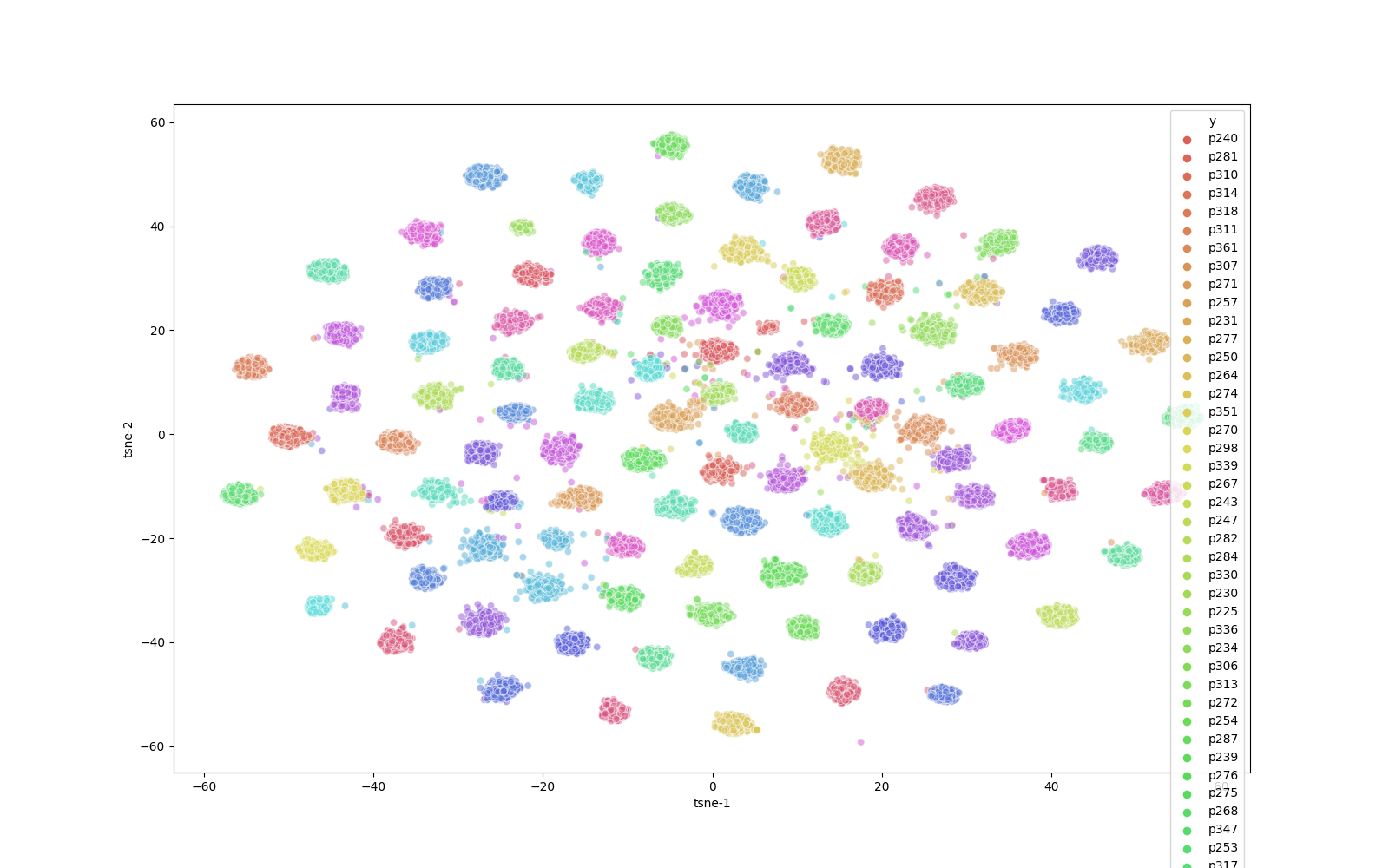A light weight neural speaker embeddings extraction based on Kaldi and PyTorch.
The repository serves as a starting point for users to reproduce and experiment several recent advances in speaker recognition literature.
Kaldi is used for pre-processing and post-processing and PyTorch is used for training the neural speaker embeddings.
I want to note that this repo is not meant for keeping track of state-of-the-art on speaker recognition, and most likely the models will be considered outdated in a few months (or sooner :().
This repository contains a PyTorch+Kaldi pipeline to reproduce the core results for:
- Exploring the Encoding Layer and Loss Function in End-to-End Speaker and Language Recognition System
- A Novel Learnable Dictionary Encoding Layer for End-to-End Language Identification
With some modifications, you can easily adapt the pipeline for:
- Angular softmax for short-duration text-independent speaker verification
- Utterance-level aggregation for speaker recognition in the wild
- Margin Matters: Towards More Discriminative Deep Neural Network Embeddings for Speaker Recognition
- Spatial Pyramid Encoding with Convex Length Normalization for Text-Independent Speaker Verification
If one wants to go further, take a look at our recent work on multi-speaker text-to-speech, where the same speaker embeddings are employed to model speaker characterisitcs in a text-to-speech system.
Lastly, kindly cite our paper(s) if you find this repository useful. Cite both if you are kind enough!
@article{villalba2019state,
title={State-of-the-art speaker recognition with neural network embeddings in nist sre18 and speakers in the wild evaluations},
author={Villalba, Jes{\'u}s and Chen, Nanxin and Snyder, David and Garcia-Romero, Daniel and McCree, Alan and Sell, Gregory and Borgstrom, Jonas and Garc{\'\i}a-Perera, Leibny Paola and Richardson, Fred and Dehak, R{\'e}da and others},
journal={Computer Speech \& Language},
pages={101026},
year={2019},
publisher={Elsevier}
}
@article{cooper2019zero,
title={Zero-Shot Multi-Speaker Text-To-Speech with State-of-the-art Neural Speaker Embeddings},
author={Cooper, Erica and Lai, Cheng-I and Yasuda, Yusuke and Fang, Fuming and Wang, Xin and Chen, Nanxin and Yamagishi, Junichi},
journal={arXiv preprint arXiv:1910.10838},
year={2019}
}
One should also check out the very nicely written TensorFlow version by Yi Lu.
Neural speaker embeddings: Encoder --> Pooling --> Classification
LDE pooling method illustration:
pip install -r requirements.txt
Please also download and properly setup Kaldi. If you are stuck in this phase, this repository is liekly not for you.
The bash file pipeline.sh contains the 12-stage speaker recognition pipeline, including feature extraction, the neural model training and decoding/evaluation. A more detailed description of each step is described in pipeline.sh. To get started, simply run:
./pipeline.sh
The models are trained on VoxCeleb I+II, which is free for downloads (the trial lists are also there). One can easily adapt pipeline.sh for different datasets.
Due to Youtube's privacy policy, unfortunately I am not allowed to upload pre-trained models for VoxCeleb I+II.
| Embedding name | dimension | normalization | pooling type | train objective | EER | DCFmin0.01 |
|---|---|---|---|---|---|---|
| i-vectors | 400 | no | mean | EM | 5.329 | 0.493 |
| x-vectors | 512 | no | mean, std | Softmax | 3.298 | 0.343 |
| x-vectorsN | 512 | yes | mean, std | Softmax | 3.213 | 0.342 |
| LDE-1 | 512 | no | mean | Softmax | 3.415 | 0.366 |
| LDE-1N | 512 | yes | mean | Softmax | 3.446 | 0.365 |
| LDE-2 | 512 | no | mean | ASoftmax (m=2) | 3.674 | 0.364 |
| LDE-2N | 512 | yes | mean | ASoftmax (m=2) | 3.664 | 0.386 |
| LDE-3 | 512 | no | mean | ASoftmax (m=3) | 3.033 | 0.314 |
| LDE-3N | 512 | yes | mean | ASoftmax (m=3) | 3.171 | 0.327 |
| LDE-4 | 512 | no | mean | ASoftmax (m=4) | 3.112 | 0.315 |
| LDE-4N | 512 | yes | mean | ASoftmax (m=4) | 3.271 | 0.327 |
| LDE-5 | 256 | no | mean | ASoftmax (m=2) | 3.287 | 0.343 |
| LDE-5N | 256 | yes | mean | ASoftmax (m=2) | 3.367 | 0.351 |
| LDE-6 | 200 | no | mean | ASoftmax (m=2) | 3.266 | 0.396 |
| LDE-6N | 200 | yes | mean | ASoftmax (m=2) | 3.266 | 0.396 |
| LDE-7 | 512 | no | mean, std | ASoftmax (m=2) | 3.091 | 0.303 |
| LDE-7N | 512 | yes | mean, std | ASoftmax (m=2) | 3.171 | 0.328 |
i-vectors (baseline)
LDE
| Embedding name | Naturalness dev | Naturalness test | Similarity dev | Similarity test |
|---|---|---|---|---|
| vocoded | 3.41 | 3.55 | 2.79 | 2.82 |
| x-vectorsN | 3.19 | 3.19 | 1.86 | 2.37 |
| LDE-1 | 3.16 | 3.21 | 2.05 | 2.34 |
| LDE-1N | 3.13 | 3.46 | 1.97 | 2.45 |
| LDE-2 | 3.28 | 3.35 | 2.00 | 2.37 |
| LDE-2N | 3.19 | 3.33 | 2.00 | 2.35 |
| LDE-3 | 3.24 | 3.48 | 1.88 | 2.46 |
| LDE-3N | 3.16 | 3.33 | 2.00 | 2.37 |
| LDE-4 | 3.10 | 3.29 | 2.00 | 2.31 |
| LDE-4N | 3.20 | 3.29 | 1.98 | 2.39 |
| LDE-5 | 3.26 | 3.40 | 1.99 | 2.45 |
| LDE-5N | 3.07 | 3.37 | 2.02 | 2.41 |
| LDE-6 | 3.25 | 3.33 | 1.95 | 2.43 |
| LDE-6N | 3.29 | 3.23 | 1.94 | 2.39 |
| LDE-7 | 3.03 | 3.18 | 1.86 | 2.28 |
| LDE-7N | 3.02 | 3.24 | 2.02 | 2.42 |
Base code written by Nanxin Chen, Johns Hopkins University
Experiments done by Cheng-I Lai, MIT



